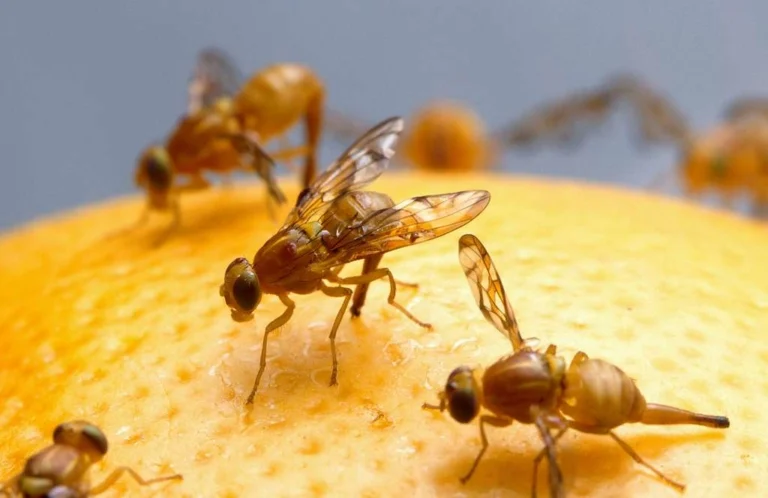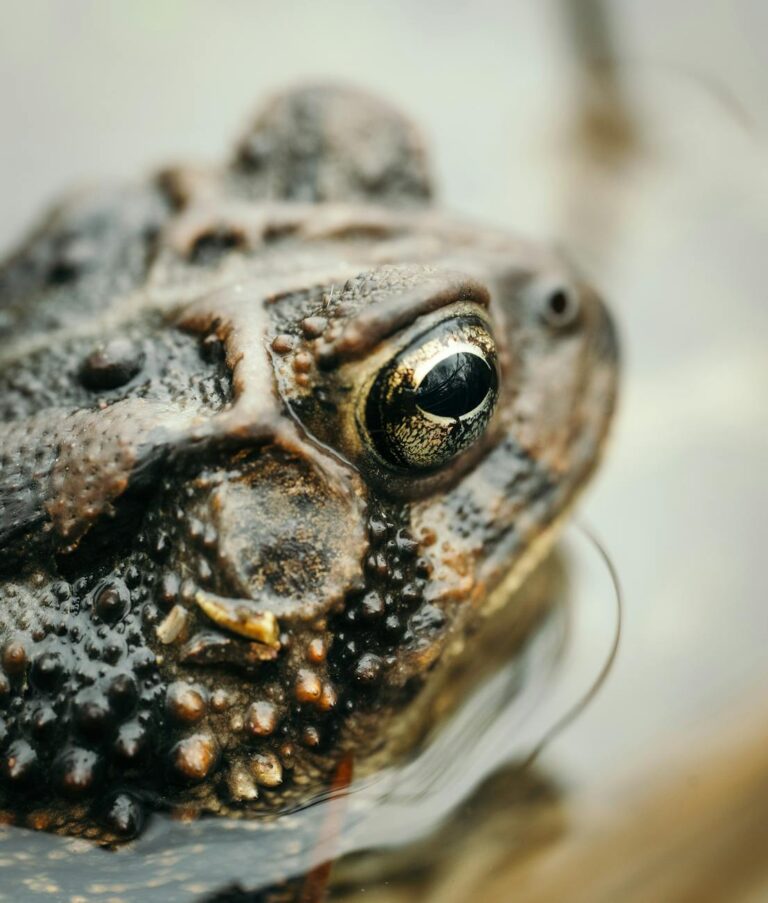Table of Contents
ToggleAs parents, we strive to protect our little ones from harm. This includes the pesky bugs that can cause discomfort and disease.
Natural bug repellent options for infants are a safe choice. They shield your child from insects without exposing them to harsh chemicals.
But how do you choose the right one? What ingredients should you look for?
This guide will answer these questions and more. It will help you navigate the world of natural bug repellents for infants.
Whether you’re a new parent or an experienced caregiver, you’ll find this information useful. Let’s dive in and explore the best ways to keep your infant bug-free, naturally.
Understanding the Need for Natural Repellents
Infants have delicate skin. It’s more sensitive than adult skin, making it prone to irritation from bug bites.
Moreover, bugs can transmit diseases. Mosquitoes, for instance, can carry viruses like Zika and West Nile.
Natural bug repellents provide a barrier against these pests. They deter bugs from landing on your infant’s skin in the first place.
Unlike chemical repellents, natural options are gentle on the skin. They’re less likely to cause rashes or allergic reactions.
In essence, natural bug repellents offer a safe, effective way to protect your infant from bugs.
The Risks of Chemical Repellents for Infants
Chemical bug repellents often contain DEET. This substance is effective against bugs, but it can be harsh on an infant’s skin.
In some cases, DEET can cause skin irritation or rashes. It’s also been linked to neurological issues in rare cases.
Moreover, infants may accidentally ingest DEET. This can happen if they put their hands in their mouths after a repellent has been applied.
For these reasons, many parents prefer natural bug repellent options for infants. They offer peace of mind, knowing their child is protected without the risk of harmful side effects.
Safe Ingredients in Natural Bug Repellents
Natural bug repellents often use plant-based oils. These oils are known for their insect-repelling properties.
One common ingredient is citronella oil. It’s derived from a type of grass and is known to repel mosquitoes.
Another popular choice is lemongrass oil. It’s similar to citronella and is effective against a variety of bugs.
Eucalyptus oil is also used in natural bug repellents. It’s particularly effective against ticks and mosquitoes.
However, it’s important to note that these oils should be used in the right concentration. Too much can irritate an infant’s skin.
Here’s a list of other safe ingredients often found in natural bug repellents for infants:
- Soybean oil
- Geranium oil
- Cedarwood oil
- Peppermint oil
- Lavender oil
Always remember to do a patch test before applying a new product. This can help identify any potential allergic reactions.
How to Apply Natural Repellents Safely
Applying natural bug repellents on infants requires care. It’s not the same as applying on adults.
First, avoid applying the repellent on the infant’s hands. Infants often put their hands in their mouths.
Also, don’t apply repellent over cuts, wounds, or irritated skin. It can cause discomfort or an allergic reaction.
Spray the repellent onto your hands first. Then gently rub it onto the infant’s skin.
Lastly, remember to wash off the repellent once you’re back indoors. Long exposure to even natural ingredients can cause skin irritation.
Alternatives to Sprays and Lotions
Sprays and lotions are not the only bug repellent options. There are other ways to protect infants from bugs.
One option is bug-repellent clothing. Some brands offer clothes treated with permethrin, a natural insecticide.
Another option is bug nets for strollers and cribs. These nets can provide a physical barrier against bugs.
Here are a few more alternatives:
- Bug-repellent wristbands
- Bug-repellent patches
- Essential oil diffusers
Remember, these alternatives should complement, not replace, the use of natural bug repellents.
Creating a Bug-Free Zone for Infants
Creating a bug-free zone can help protect infants. This involves controlling the environment around them.
One way is to use mosquito nets. These nets can cover cribs, playpens, and strollers.
Avoid areas with stagnant water. These areas are breeding grounds for mosquitoes.
Keep the surroundings clean. Regularly dispose of garbage and cover food items.
Remember, a bug-free zone is an additional layer of protection. It does not replace the need for natural bug repellents.
Timing and Reapplication of Natural Repellents
Timing is crucial when using natural bug repellents. Bugs are most active during dawn and dusk.
Apply repellents during these times. This will provide maximum protection for your infant.
Reapplication is also important. Natural repellents can wear off over time.
Follow the product instructions for reapplication. This ensures continuous protection.
Remember, over-application can cause skin irritation. Always use the recommended amount.
Choosing the Right Product: Labels and Certifications
Choosing the right product involves understanding labels. Look for certifications that guarantee safety and quality.
Organic and natural certifications are important. They ensure the product is free from harmful chemicals.
Also, check for DEET-free labels. DEET can be harmful to infants.
Remember, not all natural products are safe. Some may contain allergenic ingredients.
Always consult with a pediatrician before using a new product. They can provide guidance based on your infant’s specific needs.
Homemade vs. Store-Bought: Which Is Better?
Homemade bug repellents can be a good option. They allow you to control the ingredients used.
However, they may not be as effective as store-bought options. Commercial products often undergo rigorous testing for efficacy.
Store-bought repellents also come with clear usage instructions. This can be helpful for first-time users.
On the other hand, homemade repellents can be more cost-effective. They can be made in large batches and stored for future use.
In the end, the choice depends on personal preference and comfort. Both options have their pros and cons.
Final Thoughts: Balancing Protection and Nature
Protecting infants from bug bites is crucial. Yet, it’s also important to expose them to nature.
Exposure to the outdoors can aid in immune system development. It can also foster a love for nature in the child.
However, this doesn’t mean exposing them to harmful bugs. The key is to strike a balance.
Using natural bug repellents can help achieve this balance. They protect the child while keeping them close to nature.
Remember, every child is unique. What works for one may not work for another. Always consult with a pediatrician before using any product.
Checklist for Parents: Do’s and Don’ts
Choosing and using natural bug repellents for infants can be a daunting task. Here’s a simple checklist to guide you.
- Do consult with a pediatrician before using any product.
- Don’t use products with DEET or synthetic fragrances.
- Do perform a patch test to check for allergic reactions.
- Don’t forget to reapply the repellent at appropriate intervals.
- Do read labels and understand certifications for organic and natural products.
Remember, the goal is to protect your child from bugs while keeping them safe from harmful chemicals. Always prioritize your child’s health and safety.




